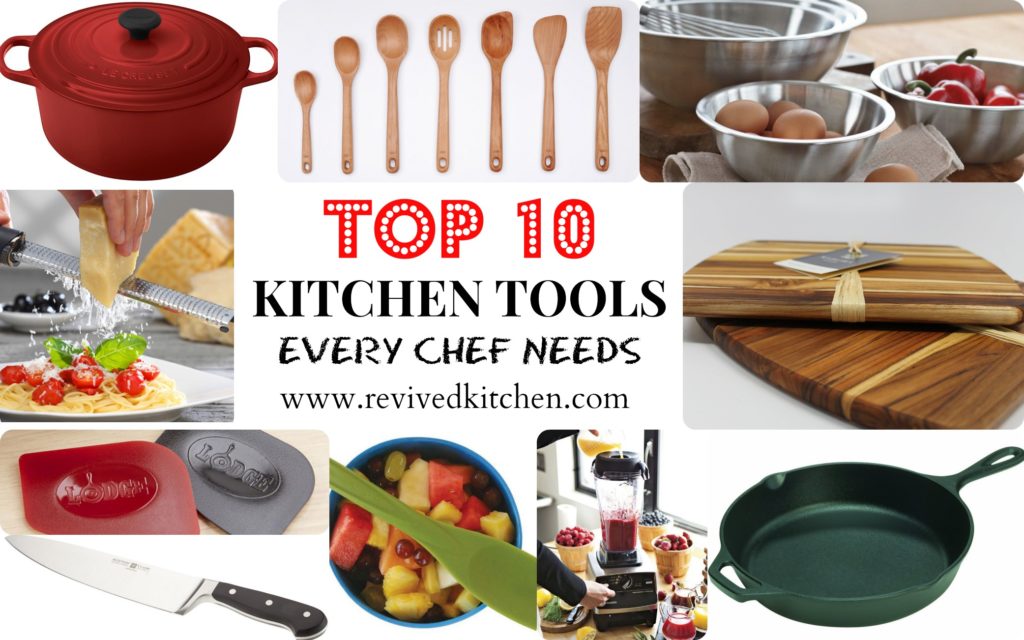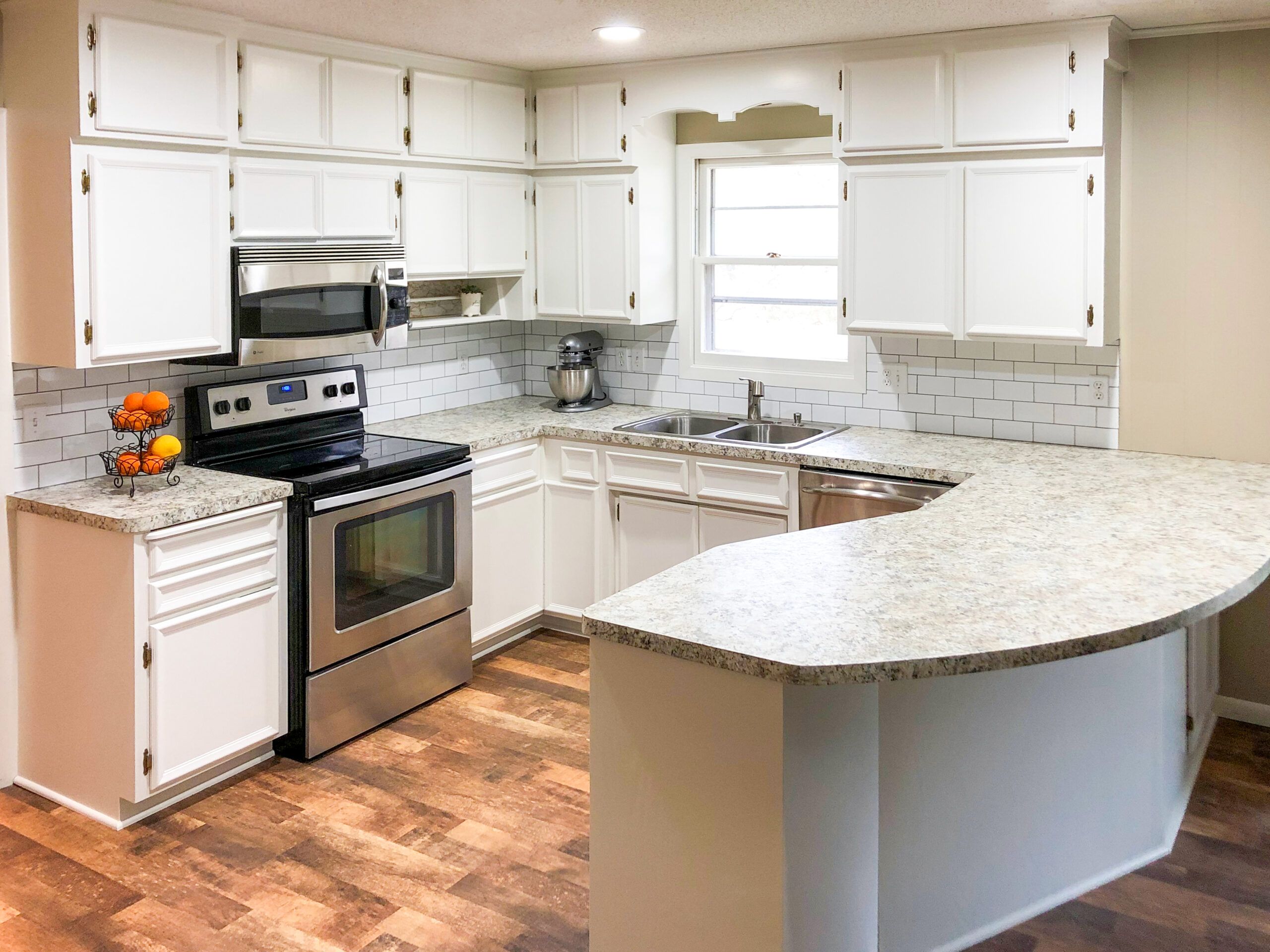Mid-century modern kitchen update: Step back in time, but don’t trip over the avocado-green appliances! This isn’t your grandma’s kitchen (unless your grandma had seriously good taste). We’re diving headfirst into the sleek lines, warm woods, and surprisingly adaptable design of mid-century modern kitchens.
Get ready to trade dated decor for a retro-chic refresh that’s both stylish and functional, blending vintage vibes with modern convenience. Prepare for a design journey that’s as groovy as it is practical.
From identifying common issues in older mid-century kitchens to exploring sustainable material options and crafting a lighting scheme that’s as radiant as a perfectly poured martini, we’ll cover everything you need to know to breathe new life into this iconic style.
We’ll compare and contrast different design approaches, offering practical solutions for updating appliances, cabinetry, and more, all while preserving the soul of the mid-century modern aesthetic. Whether you’re a seasoned renovator or a design novice, get ready to unleash your inner architect and create a kitchen that’s as timeless as it is trendy.
Defining Mid-Century Modern Kitchen Style
Step back in time to a kitchen brimming with optimism and sleek design – that’s the essence of mid-century modern. Think clean lines, functional furniture, and a healthy dose of retro charm. Forget fussy details; this style is all about embracing simplicity with a touch of sophisticated flair.
Key Characteristics of Mid-Century Modern Kitchen Design
Mid-century modern kitchens are defined by their clean lines, simple shapes, and focus on functionality. Think open floor plans, integrated appliances, and a harmonious blend of natural and manufactured materials. The overall aesthetic is one of understated elegance, a sophisticated simplicity that avoids unnecessary ornamentation.
Typical Materials Used in Mid-Century Modern Kitchens
The material palette of a mid-century modern kitchen is a study in contrasts. Warm woods like teak and walnut often take center stage, complemented by the cool neutrality of laminate countertops and the sleek shine of chrome or brushed steel appliances.
The combination creates a balanced, visually appealing space.
Example of a Mid-Century Modern Kitchen
Imagine a kitchen bathed in warm, natural light. The cabinetry, crafted from rich walnut, features clean, simple lines and recessed handles. The countertops, a light-colored laminate, offer a striking contrast to the dark wood. Sleek, stainless steel appliances are seamlessly integrated into the design, their functionality enhanced by the clever placement of strategically positioned task lighting.
A vibrant backsplash, perhaps in a geometric pattern of turquoise and white tiles, adds a playful pop of color. The overall effect is one of sophisticated simplicity and understated elegance.
Comparison of Mid-Century Modern Kitchens with Other Styles
| Style | Cabinetry | Countertops | Appliances |
|---|---|---|---|
| Mid-Century Modern | Clean lines, simple shapes, wood or laminate | Laminate, butcher block, or solid surface | Sleek, integrated, often stainless steel |
| Contemporary | Sleek, minimalist, often frameless | Quartz, granite, or concrete | High-tech, smart appliances |
| Farmhouse | Rustic, distressed wood, often with raised panel doors | Butcher block, soapstone, or granite | Often vintage-inspired or antique |
Updating a Mid-Century Modern Kitchen
Revitalizing a mid-century modern kitchen requires a delicate balance: preserving the original charm while updating for modern convenience. It’s about honoring the past while embracing the present.
Common Issues in Older Mid-Century Modern Kitchens
Three common issues found in older mid-century modern kitchens are outdated appliances, worn countertops, and dated cabinetry finishes. These issues can detract from the overall aesthetic and functionality of the space.
Solutions for Outdated Appliances
Updating appliances while maintaining the original aesthetic can be achieved by choosing models with sleek, streamlined designs and stainless steel finishes. Consider built-in appliances to maintain the clean lines characteristic of the style. Look for appliances with retro-inspired details, such as rounded corners or colored accents, to further enhance the mid-century modern feel.
Renovating vs. Restoring a Mid-Century Modern Kitchen
Renovating allows for significant changes, potentially updating the layout and incorporating modern conveniences. Restoring prioritizes preserving original features, focusing on repairs and careful updates to maintain authenticity. The choice depends on the condition of the existing kitchen and the desired level of modernization.
Mid-Century Modern Kitchen Layouts
Three functional layouts can enhance the mid-century modern aesthetic. Consider these options for optimized flow and space utilization:
- Layout 1: Galley Kitchen with Island:A streamlined galley layout maximizes space efficiency, while an island adds extra counter space and seating.
- Layout 2: L-Shaped Kitchen with Peninsula:An L-shaped design offers ample counter and storage space, with a peninsula providing additional workspace and casual dining.
- Layout 3: Open-Concept Kitchen:Integrating the kitchen seamlessly into the living area creates a spacious and sociable environment, characteristic of mid-century modern design.
Material Choices for a Mid-Century Modern Kitchen Update
Choosing the right materials is crucial for achieving a successful mid-century modern kitchen update. Sustainability and aesthetics should go hand-in-hand.
Sustainable and Eco-Friendly Material Options
Incorporate reclaimed wood, bamboo countertops, or recycled glass backsplashes for an eco-conscious update. These materials offer a unique aesthetic while minimizing environmental impact. Consider using low-VOC paints and sealants to further reduce environmental impact.
Original Materials vs. Modern Alternatives, Mid-century modern kitchen update
Using original materials preserves authenticity but may require extensive restoration. Modern alternatives offer durability and ease of maintenance but might compromise the historical integrity. The choice depends on budget, availability, and the desired level of authenticity.
Popular Countertop Materials

| Material | Maintenance |
|---|---|
| Laminate | Easy to clean, relatively low maintenance |
| Butcher Block | Requires regular oiling and sealing |
| Formica | Easy to clean, resistant to scratches and stains |
| Solid Surface | Durable and easy to clean, resistant to stains and scratches |
| Quartz | Durable, low maintenance, resistant to stains and scratches |
Suitable Backsplash Materials
- Geometric tiles
- Subway tiles
- Glass tiles
- Metal tiles
- Natural stone
Color Palettes and Lighting for a Mid-Century Modern Kitchen
Color and light are essential elements in shaping the mood and ambiance of a mid-century modern kitchen. The right choices can transform the space from drab to fab.
Selecting a Color Palette
Mid-century modern kitchens often feature a neutral base with pops of vibrant color. Think warm woods, creamy whites, and subtle grays, accented with jewel tones like emerald green, sapphire blue, or burnt orange. The color scheme should evoke a sense of calm and sophistication.
Impact of Natural and Artificial Lighting
Natural light is crucial for highlighting the textures and colors of the materials used in a mid-century modern kitchen. Artificial lighting should complement this, providing both ambient and task lighting to create a functional and inviting space. Consider using recessed lighting, pendant lights, and under-cabinet lighting for a balanced approach.
Browse the multiple elements of transforming old furniture with paint to gain a more broad understanding.
Mid-Century Modern Kitchen Lighting Scheme
A well-designed lighting scheme incorporates ambient lighting (general illumination), task lighting (focused light for specific areas), and accent lighting (highlighting architectural features or artwork). Recessed lighting provides overall illumination, while pendant lights over the island offer focused task lighting.
Under-cabinet lighting illuminates countertops for food preparation.
Example Color Combinations
Examples include warm woods paired with creamy whites and pops of mustard yellow, or a combination of teal, mid-tone gray, and natural wood. These combinations offer a sophisticated and timeless aesthetic.
Cabinetry and Hardware for a Mid-Century Modern Kitchen Update
The cabinetry and hardware are key elements in defining the mid-century modern aesthetic. Careful selection is crucial for achieving a cohesive and stylish result.
Types of Cabinetry
Mid-century modern kitchens often feature flat-panel or recessed-panel cabinetry made from wood or laminate. Simple lines and clean profiles are essential characteristics. Avoid ornate details or overly decorative styles.
Characteristics of Mid-Century Modern Cabinet Hardware
Mid-century modern cabinet hardware is typically characterized by its simplicity and functionality. Common features include simple knobs, bar pulls, or cup pulls made from materials such as brushed nickel, chrome, or brass. Avoid overly ornate or decorative styles.
Guide for Choosing Cabinet Hardware
- Material:Choose durable materials such as metal or high-quality plastic.
- Finish:Opt for finishes that complement the overall color palette, such as brushed nickel, chrome, or brass.
- Style:Select simple, uncluttered styles that avoid excessive ornamentation.
Cabinet Finishes and Colors
Popular cabinet finishes include wood stains in warm tones like walnut or teak, or laminate finishes in neutral colors such as white, beige, or gray. These finishes contribute to the overall sense of calm and sophistication.
Closure
So, there you have it – a whirlwind tour through the exciting world of mid-century modern kitchen updates! From choosing the perfect countertop material (goodbye, Formica, hello, sleek alternatives!) to illuminating your space with a lighting scheme that’s both functional and fabulous, we’ve covered the essentials.
Remember, the key is to strike a balance between respecting the original design’s charm and incorporating modern conveniences. With a little planning and a dash of retro flair, you can create a kitchen that’s not only stunning but also a true reflection of your personal style.
Now go forth and create a kitchen that’s as cool as a vintage record player!
FAQs
Can I mix mid-century modern with other styles?
Absolutely! Mid-century modern blends surprisingly well with Scandinavian, minimalist, and even industrial styles. The key is to maintain a cohesive color palette and consistent material choices.
How much does a mid-century modern kitchen update typically cost?
Costs vary wildly depending on the scope of the project. A simple refresh might cost a few thousand, while a full gut renovation could reach tens of thousands.
Where can I find original mid-century modern appliances?
Online marketplaces like eBay and Etsy, antique shops, and even salvage yards can be treasure troves for vintage appliances. Be prepared for some hunting, though!
What are some common mid-century modern color palettes?
Think warm neutrals like creams and beiges, accented with pops of mustard yellow, teal, or burnt orange. Black and white are also classic choices.





